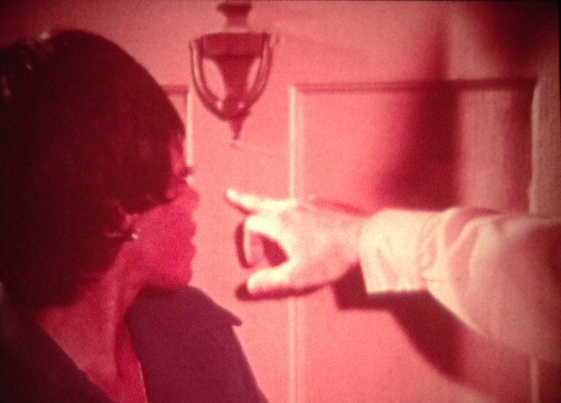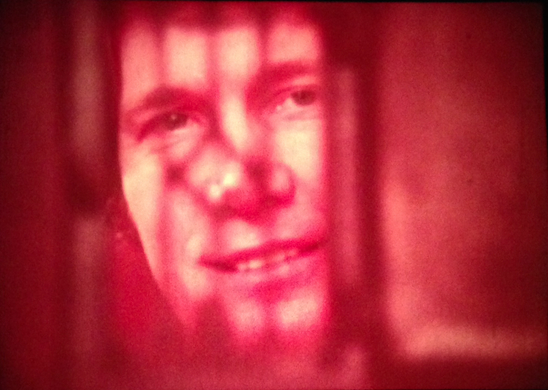Click here to print
Watching the Beat Cops, at Wunderkino 2014
posted July 2, 2014
 Wunderkino is a three-day event that the nonprofit Northeast Historic Film has mounted in recent summers in Bucksport, Maine. This year’s theme is house, home, and domesticity. And of course what would those be without the provision of security and surveillance.
Wunderkino is a three-day event that the nonprofit Northeast Historic Film has mounted in recent summers in Bucksport, Maine. This year’s theme is house, home, and domesticity. And of course what would those be without the provision of security and surveillance.
What kinds of presentations could you expect, were you to attend the event? (You can register through the NHF website.)
 Here’s one, and it’s on a topic we all think about — security in our homes — while rarely connecting it to the material he has been studying: a collection of police-training films in the Moving Image Research Collection (MIRC) of the University of South Carolina Library System. The films are on such topics as what officers should know about traffic regulations, how they should go about testifying in court, and — more crucially to all citizens — how they should proceed when entering the homes of people good and naughty?
Here’s one, and it’s on a topic we all think about — security in our homes — while rarely connecting it to the material he has been studying: a collection of police-training films in the Moving Image Research Collection (MIRC) of the University of South Carolina Library System. The films are on such topics as what officers should know about traffic regulations, how they should go about testifying in court, and — more crucially to all citizens — how they should proceed when entering the homes of people good and naughty?
Those are the raw materials for the presentation by Travis Wagner, a graduate student in Library & Information Sciences and Women’s & Gender Studies at the University of South Carolina with interests in feminist film theory, gender in East Asian cinema, and race relations in American cinema.
His presentation will be titled “I Might Recommend Installing A Peephole”: Navigating the Space of Home in Law Enforcement Training Films. Here he describes archival issues that have arisen during his preparation of his talk:

Travis Wagner. Photo: U. of South Carolina Moving Image Research Collection
The moving-image materials I am using are fairly common, in so much as they are educational films which were specifically intended to train police officers and communities on various aspects of safety and crime prevention.
What this does mean, however, is that in the case of archival preservation these items are often ignored, if not outright tossed away. Fortunately, my archive has kept their donated collection of police training films from a local precinct, but as the images I have provided show, they are in less than stellar condition and suffer from clear cyan fading.
 Indeed, some of the films in this collection suffer from what I might call overuse and fell apart during the initial processing endeavor or continual to fall off of the reel when projected.
Indeed, some of the films in this collection suffer from what I might call overuse and fell apart during the initial processing endeavor or continual to fall off of the reel when projected.
Sadly, it is often the items with the most curious or troubling components that this tends to happen to, suggesting that particular issues like kidnapping, rape, and burglary (amongst others) were frequent concerns in the community, whereas works on procedural actions for police or office management remain in pristine condition.
Gaps are not necessarily present in the collecting, but research regarding police training films is definitely minimal, if not outright nonexistent. It has been a headache of sorts to compose anything close to a definitive theory about the purpose of these works and I have relied on a hybrid of educational film theory and police/crime cinema theory to begin such a conceptualization.
 As my presentation shows I am particularly interested in notions of authority and power in these films so I am fascinated by any collections that might provide challenges to these structures.
As my presentation shows I am particularly interested in notions of authority and power in these films so I am fascinated by any collections that might provide challenges to these structures.
While we have a few films that deal with issues of race and gender in the police force, I am sure there are a ton more out there and I would love to track them down and begin a more in depth study of these issues.
Printed from Moving Image Archive News: http://www.movingimagearchivenews.org
URL to article: http://www.movingimagearchivenews.org/watching-the-beat-cops-at-wunderkino-2014/
Click here to print